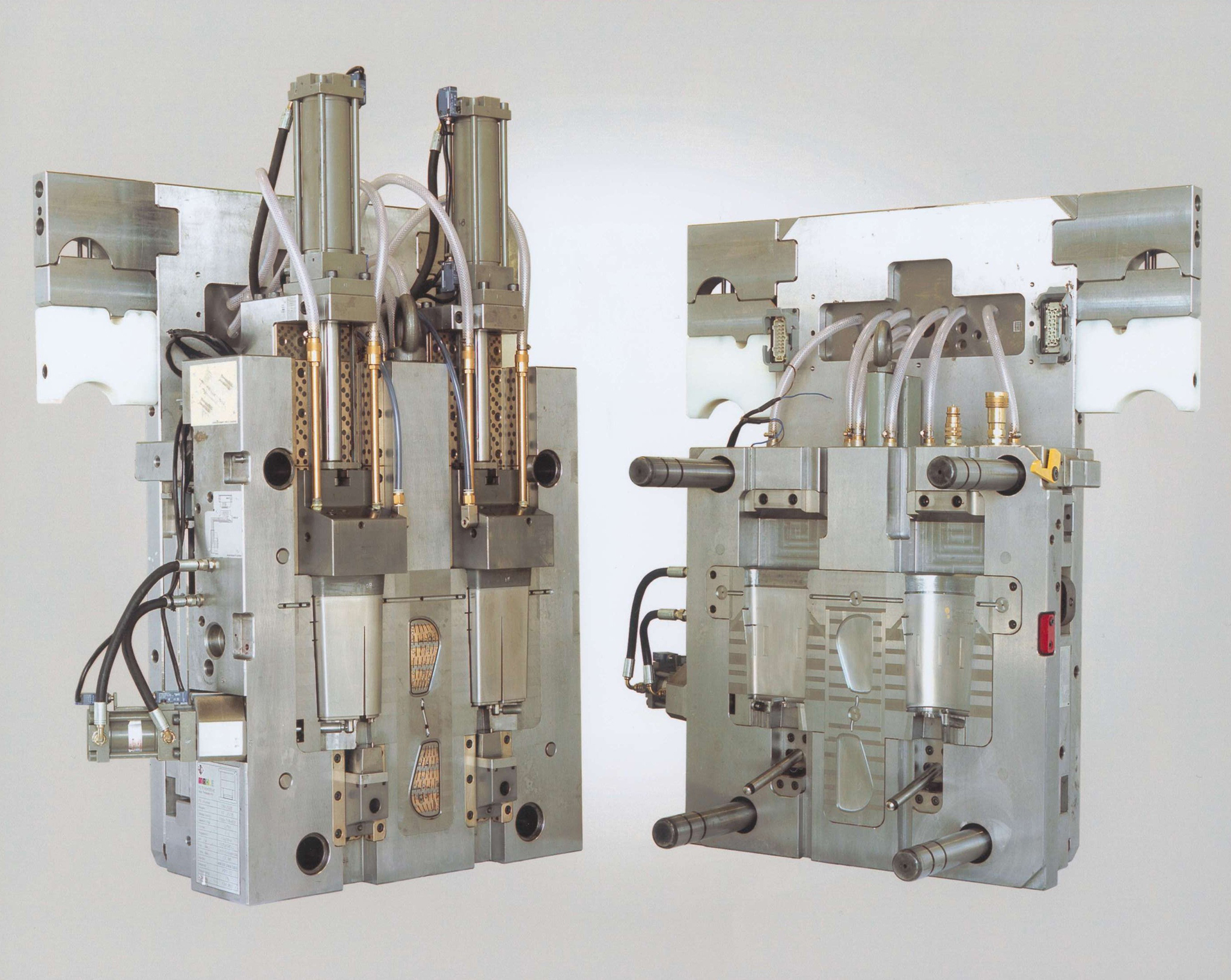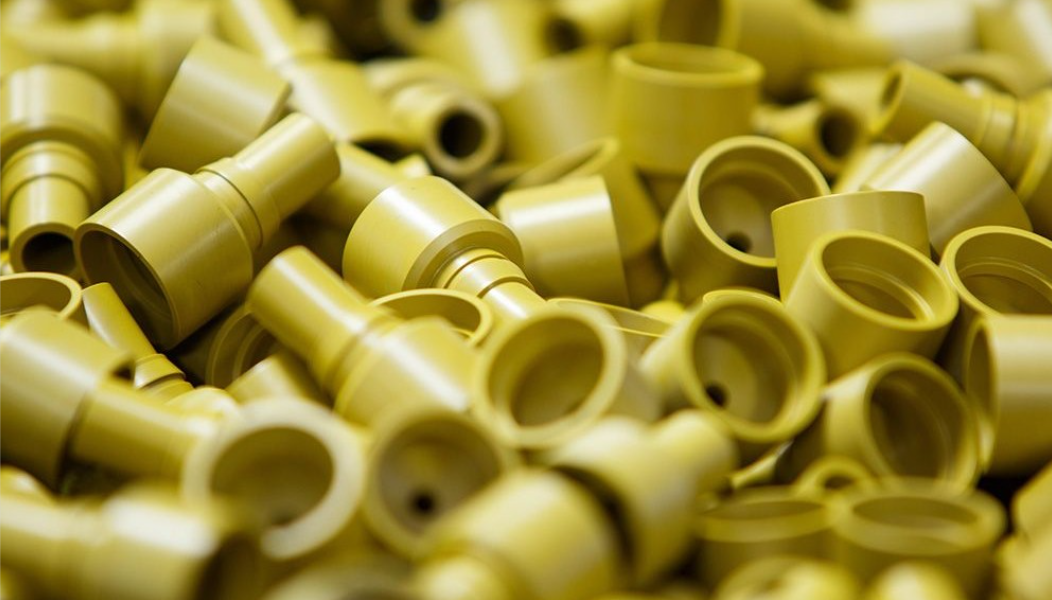The choice of die steel is important if the die is to operate efficiently. To avoid costly long-term mistakes, the use of plastic molds must be thoroughly investigated and fully understood before making a selection decision.
The mold has a high demand for steel. The correct choice of steel has a great influence on the service life, machinability, and precision of the die.
The requirements vary according to the structure of the mold, the service life of the mold, the properties of the plastic used for molding, and the performance, appearance, and dimensional accuracy of the molding product.
Die steel shall have qualities or properties relevant to the intended application.
The following will list and explain the factors to consider when choosing die steel.
1. Wear resistance:
When the blank is plastic in the mold cavity, it will flow and slide along the surface of the mold cavity, resulting in severe friction between the surface of the mold cavity and the blank, resulting in the failure of the mold due to wear.
Therefore, the wear resistance of the material used to make the mold is one of the most basic and important properties of the mold.
In wear-resistant steel, common steel materials include AR400, AR450, AR500, AR550, and AR600. These Numbers represent their hardness levels.
2. Strong toughness:
Most of the working conditions of the molds are very harsh, and some of them need to bear a large impact load, resulting in brittle fracture of the molds.
In order to prevent the die parts from breaking suddenly when working, the die should have high strength and toughness.
High toughness steel materials include LC200N, CPM CruWear, Z-ware, Aeb-l.
3. High-temperature performance:
When the mold is working, the temperature will become relatively high; will make the hardness and strength drop, leading to the mold being caused by wear or plastic deformation and failure.
Therefore, the die material should have high tempering stability to ensure that the die has high hardness and strength at working temperatures.
More commonly used heat-resisting steels include 304,316 L, 310S, 410.
4. Resistance to cold and heat fatigue:
Some molds will be in the state of repeated heating and cooling in the working process, which will make the cavity surface subject to the effect of tension and pressure changing stress, resulting in surface cracking and peeling, increasing the friction, preventing plastic deformation, reducing the dimensional accuracy, resulting in mold failure.
5. The corrosion resistance:
Some molds, such as plastic molds, work because there are chlorine, fluorine, and other elements in the plastic, these elements will decompose and precipitate HCI, HF, and other strong corrosive gases after being heated, which will erode the mold cavity surface, increasing the roughness of the mold cavity surface and aggravating the wear and failure.
Commonly used corrosion-resistant steel models include 304,316,904 L.
In the following, I will list some of the most common die steels used in injection molding and talk about some of their characteristics.
1. S136 Steel:
S136 is plastic mold steel with excellent corrosion resistance, S136 can resist the corrosion of water vapor, weak organic acid, nitrate, carbonate, etc., made by S136 mold, if the operation in the humid environment, or in the normal state of use of corrosive plastic materials, will not rust and be contaminated. Its wear resistance also allows it to be used in molds that require the production of more friction-intensive injection products (including injection molds) or molds that require longer working hours.
2. P20 Steel:
The P20 steel plate material is a kind of versatile low alloy tool steel with good toughness at medium strength. Special die steel P20 is usually used for plastic injection mold cavity and die as well as zinc die casting die. P20 die steel plates are usually sold under prehardening conditions.
3. 420 Steel:
420 steel has certain wear resistance and corrosion resistance, high hardness, its price belongs to a lower class, suitable for the common requirements of stainless steel working environment. The transparency and finish of the product will be higher in a mold made of 420 steel.
The following will explain why the choice of steel material is so important
There are many kinds of steel, but each kind of steel has different characteristics. Some steel has high hardness, high wear resistance but low toughness, and some steel has high wear resistance, high toughness but low corrosion resistance. The appearance requirements of the product also have a great impact on the choice of steel materials, some need high transparency, also have the need for surface polishing. According to the demand of the product, choosing the right steel material can reduce the product error, the product does not meet the requirements of the phenomenon, fundamentally reduce the cost, and improve the quality of the product.
If you are interested in our company and our services, please contact us by email.






